|
Folks worry that farm animals like cows, sheep and goats are major contributors to climate change. When they burp, they expel methane into the air. They require a lot of land and water to raise. Farmers who raise their animals using regenerative agricultural practices show that, in fact, these animals do so much to help reverse climate change! They actually help to sequester carbon in the soil. If you think of grass as a solar panel, grass needs to be growing to capture sunlight and pull carbon from the air and put it into its roots. When it gets too tall, or if it is cropped to short, it will stop doing this. Farm animals eating the pasture grasses and plants are, in effect, pruning the landscape. Then the animals rotate to another field, leaving the first field to rest, recover and continue to pull carbon from the air and into its roots. This process actually enriches the soil on a continuous basis. Photo courtesy of Barnyard Organics PEI Did you know that 70% of the earth’s land is not suitable for growing crops? If we use this land for raising farm animals rather than just letting it sit, the animals will help the earth to regenerate, becoming lush and more vital. What about the argument that raising animals requires a great deal of water? True enough, but so does growing crops like almonds and cotton. When animals are pasture-raised, their excrement contributes to soil microbiology. You will find methanogenic bacteria in animal excrement and rumen. This bacteria breaks down methane in the environment. In a pasture that has had 100 cows grazing in it, you will find more than enough methanogenic bacteria to handle whatever methane is released into the atmosphere from these same cows. And, as gardeners know, manure increases the soil’s biodiversity and ability to support vigorous growth in plants. The healthier the grass that animals feed upon, the less water they will actually need to drink! Photo courtesy of Island Hill Farm PEI So far, we have only been looking at the “eat and get rid of waste” cycle of regenerative farming. Now let’s look at some other benefits. A farmer has raised sheep. These sheep are pasture-raised on land that is not suitable to raise crops. Their grazing habits, excrement and rumen all contribute to a healthier soil. Then we shear the sheep. This wool can be used for clothing which does not need to be washed as frequently as petroleum-based fibres like acrylic. At the end of its life, wool clothing is compostable, unlike its petroleum-based counterpart which will be in landfill for generations to come. Wool that is unsuitable for clothing can be used for insulation, blankets, rugs, upholstery. Using wool in your home is so much safer than acrylic and nylon. If there is a fire, petroleum-based fibres emit all sorts of highly toxic gasses like hydrogen cyanide. If your polyester clothing catches fire, it will melt onto your skin, causing far worse burns than other materials like wool. You can make polyester fibre more fire-retardant with the use of chemicals. I don’t know about you but I would rather avoid all sorts of chemicals in my home or next to my skin. While wool, if burning, will produce some hydrogen cyanide, it is more likely to resist burning and will often self-extinguish. Photo courtesy of Blomidon Farm PEI Let’s not forget about wool pellets that are used in your garden to replace chemical fertilizers. They add all sorts of nutrients back into your soil, reduce your need to water by an average of 25% and even repel pests like slugs! Chemical fertilizers, on the other hand, can contribute to soil acidification, reduce organic matter and humus content. This can lead to more pests and even the release of greenhouse gasses! And we can’t overlook the danger of chemical run-off into our waterways, resulting in fish kills. Let’s strive to move away from petroleum-based fibres, and chemical fertilizers and pesticides and look to the natural resources gifted to us by Mother Nature to help reverse the damage we have caused the earth. We have the ability to help the earth heal so that she will be here to enjoy for generations to come!
Climate change is real – it is happening right now. It is not something that we will have to deal with at some point in the future. Were you impacted by Hurricane Fiona? So many people were. Some lost their homes entirely. So often you hear “Well, the government ought to….”- you fill in the blank. Yes, world leaders need to take action. But each and every one of us must also take responsibility for our personal choices. And we’ve been doing so – there are no more single use plastic bags being given out at retail locations. There is a strong shop local/support local movement. Each step is an important step. A step towards a healthy climate for our children and grandchildren. For decades, we have been applying chemical fertilizers and pesticides to enhance our food production, to ensure green lawns and pretty flowers. We often apply fertilizers 6-7 times a year! This results in overfertilization, and run-off of nitrogen and phosphorus into our waterways, causing fish kills and aquatic dead zones. The World Health Organisation predicts that we will see a 77% rise in cancer rates by 2050. High levels of nitrates in our ground water double a person’s chance of getting several forms of cancer. The Canadian Cancer Society recommends phasing out the use of pesticides in home and personal fruit and vegetable gardens. Pesticides cause a loss of biodiversity, destroying insects that are the natural enemies of pests and reducing the nutritional value of our food. Fertilizers and pesticides were not created with the aim to harm people or the earth – but the research shows that the harm far outweighs the benefits and it’s time to look to something new. So, what can we as individuals do? We can move from using chemical fertilizers and pesticides in our gardens to using wool. Yes – wool! It has been used in gardens for centuries. It is, however, not readily available to the average consumer. Raw wool is beneficial but it creates a dense mat that doesn’t decompose easily and is not a good choice when planning succession gardens. The solution is quite simple. Take this waste wool and compress it into pellets, making the end product so much easier to ship and so much easier for gardeners to handle! So many Maritime sheep farmers have no market whatsoever for their wool. 95% of the Canadian wool clip is sold to the Canadian Cooperative Wool Growers Ltd (CCWG) in Carleton Place, ON. In 2016, CCWG paid sheep farmers an average of $0.76/lb for their wool but, in 2023, CCWG offered $0.10 to $0.25/lb. This doesn’t even cover the cost of shearing, much less shipping it all the way to Ontario! So much of our Maritime wool ends up in landfill. What a waste of a wonderful natural resource. At Knit Pickers PEI, I source wool from Canadian farmers and mills only. I heard about the challenges facing our sheep farmers. When I discovered wool pellets, I started investigating what it would take to open a wool pellet mill here in PEI. It was no easy feat – you need a separate building with good ventilation, specialized equipment that must be imported from the US and heavy-duty electrical wiring. Not an inexpensive venture. I researched various loans and grants available to small businesses. Through Innovation PEI, I applied for their Ignition Fund which is for innovative business ventures or new products. You face a “Dragons Den” style panel to pitch your idea and defend your proposal. In January, 2023, I was honoured to be one of five recipients of the Ignition Fund. And in April, 2023, I was the recipient of the Desjardins GoodSpark Grant! I also was one of only six companies to be awarded a grant from Staples, which I am using for promotional printing. These grants were absolutely instrumental in moving this project forward. The new building is in place. The equipment was due to arrive between mid-March and mid-April but the manufacturer is a few weeks behind schedule. Fingers crossed it arrives soon! The electrical work is almost complete - we just need to hard-wire in the equipment. I currently have almost 1,000 pounds of waste wool waiting to be turned into pellets, and more is on its way. Knit Pickers PEI is offering farmers $1.00 per pound for their wool – substantially more than CCWG offers. This wool which will be turned into garden pellets provides a sustainable stream of income for Maritime sheep farmers and will keep wool out of our landfill. Wool pellets can be used as mulch or incorporated into the soil and are only applied once a year. They break down slowly, adding slow-release nitrogen, potassium and other nutrients with no dangerous run-off. The NPK ratio is, on average, 10-0-3. Wool pellets sequester carbon while also reducing the need to water by 20-40%! Wool pellets absorb rainfall like a sponge, protecting young plants from drowning in a heavy downpour. They also hold onto humidity, releasing it when conditions turn dry, reducing the need to water and protecting plant roots. They would be an ideal addition to any gardener’s drought contingency plan! Wool pellets keep the soil cooler in the summer and warmer in the fall, extending our growing season. They add aeration to the soil, reducing slugs and other pests. Wool pellets can be incorporated into the soil as an amendment. One KG of pellets would cover about 25 square feet of garden. It can also be used as a mulch. With so many wildfires in 2023, fire marshals are recommending against the use of wood chips in garden beds in close proximity to homes. Wool does not like to burn – so wool pellets are an ideal replacement for wood chips as mulch. If applied as a soil amendment, it fully decomposes in about 3 months. If used as a mulch, it will fully decompose in about a year. You can even use wool pellets blended with peat-free potting soil to create soil blocks for new seedlings! Let’s step away from chemical fertilizers and pesticides that can cause damage to our environment as well as our health and use a natural, eco-friendly product like wool pellets! It’s not only a win for our planet and our health, it also supports our local farmers.
This year, we’re celebrating our 20th anniversary! Knit Pickers PEI is a retail teaching studio that carries only Canadian made knitting and weaving supplies and natural fibres. I offer hands-on workshops, tutorials and “Ewe Love to Knit” nights – in person and on-line. But – as we look back over our 20 years, there sure have been a lot of twists and turns on our path to where we are today! Back in 2002, I was employed full-time but something was definitely missing. It was a job where I worked in isolation with very little social interaction. I was toying with the idea of opening up a business where I could sell my knitwear and tartans. I spotted an ad for Avonlea Village. When I visited their website, I saw that, in addition to actors recreating the story of Anne of Green Gables, they had music shows, horse and buggy rides, a working barn and a wood carver. I contacted them and asked if they would like a village weaver on Sundays – for free. I wanted to test market my goods. Their response was “Free? C’mon down!” The wood carver was not in on Sundays so I set up in front of his little shed for the 2002 summer season. I had so much fun meeting folks from all over the world. At the end of the season, Wayne Bernard who ran the barn popped over and said I should audition for a role in 2003. I laughed and said “I don’t act!” Well, as fate would have it, my full-time job ended in the spring of 2003 – just about the time that the ad for auditions appeared. One of the characters they were looking for was Rachel Lynde – the busybody gossip. I auditioned and was offered the role! I asked if I could continue marketing my knitwear and tartans as well (Rachel was known as an exceptional knitter). That year, I set up in an outdoor courtyard (weather permitting). In 2004, I participated in my first wholesale shows in Charlottetown and Halifax. Great workshops were offered for novices to the wholesale world – a fantastic learning opportunity! At Avonlea, the wood carver was not returning, so I was offered his shed – perfect, since I wouldn’t need to tear down every night. That same year, I started the process of registering my business– Knit Pickers by Margaret McEachern, commonly known as Knit Pickers PEI. On a trip to Walt Disney World that Christmas, I visited the Canadian Pavilion at Epcot. There was a cute little shop but there was very little that was intrinsically and recognisably Canadian (aside from the Anne of Green Gables books). I introduced myself and described my business. There appeared to be some interest and they suggested that I send a sample when I get back home. I did so. A couple of months later, I tried to follow up only to discover that the shop was no longer in existence. Trying to get hold of a live person at WDW when you don’t have a contact name was futile – so I thought that door was closed. Imagine my surprise when, later that summer, WDW called to ask if I would design red and white maple leaf knitwear. They wanted huge quantities in time for Christmas. The hardest thing I ever had to do was to say “no” – I couldn’t meet their quantities by that deadline but I did let them know what I could provide. They agreed! That fall was spent knee-deep in red and white wool but I got the order out (and learned a fair bit about exporting, too). In 2007, ACOA and WDW collaborated to open the “Atlantic Canada Kiosk” at Epcot during Christmas. I participated as a guest artisan. In January of 2012, an international contest was announced to design the MacEachern tartan. A gentleman in Australia by the name of Andrew MacEachern is a genetic researcher. Through his work, he discovered that the MacEachern family was older than the MacDonalds, although we were now known as a sept of Clan MacDonald. The MacEacherns had come close to being wiped out during the Highland clearances and came under the protection of the MacDonald clan. Andrew contacted the Court of Lord Lyon in Scotland and received approval for the family to have its own tartan, in a step to once again being recognised as a distinct clan. I submitted my design in February. On July 31st, 2012, it was announced that my design was chosen! It was such an incredible honour. The wearing of a tartan represents freedom of speech, freedom to practice your religious beliefs, freedom to own land and care for your family. It is also a way to honour one’s ancestors who sacrificed so much to provide us with the wonderful lifestyle we enjoy today. The tartan was officially registered in Scotland on January 16th, 2013. Since then, I have woven countless pieces of tartan for MacEacherns worldwide! 2014 ended my time at Avonlea. They would no longer have actors; the new format was a summer venue for shops and restaurants only. I considered the Village venue – the Artisan Studio had grown from my open-air display in 2003 to a bustling operation promoting the work of sixteen Island artisans. We had also created the “Avonlea Young Artisans Society”, supporting the work of budding artisans still in grade school. However, the season was incredibly short – open only from mid-June to early September. So I opted for a studio on my rural property, transforming an old shed into a welcoming retail space. My time at the Village taught me an immense amount about the retail business, the importance of local goods, and how much visitors enjoyed trying their hand at a unique experience. I transitioned from mainly selling my own knitted and woven goods to sharing my love of fibre arts. In setting up the home-based studio, I decided that I would only carry goods (wool, knitting needles, etc) made in Canada, ideally made in the Maritimes where possible. I developed a number of hands-on workshops and “Authentic PEI Experiences” that are offered from May through December. These experiences involve workshops in collaboration with other small rural Island businesses like sheep farms and seafood restaurants. We also host a weekly “Ewe Love to Knit” night every Tuesday evening year-round – in person and online during the testy winter months. As we move into our third decade in business, we are embarking on a brand new venture. We are creating wool pellets for use in your garden as a replacement for traditional fertilizers and mulch! These wool pellets are created from waste wool that would otherwise end up in landfill. Sheep farmers have a new source of income for all of their hard work and gardeners will have an eco-friendly, organic product that adds nutrients to their gardens with no danger of chemical run-off into our waterways, that reduces the need to water by an average of 25% and that repels slugs and other pests! I’m often asked “What advice would I give to someone wanting to start up?” First and foremost, know that a small player can successfully play in the big leagues! Don’t be afraid to explain your limitations. Honesty is far better than broken promises. If you must have a second income stream during the early years, so be it. Versatility is key. I created and maintain my own webstore. I write a monthly blog and a monthly newsletter and post regularly on social media. I design patterns and create video tutorials for my YouTube channel. Networking is also critical. I was a founding Board member with the Glenaladale Heritage Estate – a historical venue that celebrates not only our Scottish ancestors and culture but also our significant connections to the Mi’kmaq, Irish, Acadian and English. I currently serve as President of Central Coastal Tourism Partnership. Some folks might say I’ve been lucky. Perhaps so. But luck comes about as a result of a lot of hard work, creative thinking, courage, determination and perseverance. Don’t operate on the premise that “it’s good enough”. You have to want to be exceptional! Just because you might live in a small community or in a small province, just because you might be setting up on a shoestring – just because you are small doesn’t mean you can’t be mighty! My thanks to everyone for their support over these last 20 years – and here’s to the next 20!!!
I always find this time of year to be particularly challenging. We are long past the holiday festivities. Changes in our climate means that we have far less freshly fallen snow and far more freezing rain and ice pellets. As I looked out the window earlier this week, almost all the snow in the yard was gone. The driveway had almost dried out. But we’re facing periods of rain, followed by freezing rain and then more snow over the next few days. On the calendar, spring is so close and yet it seems so far away. image by Julia Carle In March, many Island businesses are knee-deep in preparations for the upcoming tourist season. I have served on the Marketing Committee of Central Coastal Tourism Partnership since 2016 and on their Board since 2019. This year, I am serving in the role of President. The passion and energy that everyone brings not only to their own businesses but also to the growth and health of the tourism industry as a whole is truly inspirational. It is such a supportive business community. Serving this community in a volunteer capacity really helps to drive away those March doldrums. In Canada, 18% of businesses are majority-owned by women. And, small and medium-sized businesses (SMEs) account for 99.8% of these women-owned enterprises. Did you know that 99.9% of tourism-related businesses are SMEs? The tourism industry here in PEI contributes approximately 6.2% of the Island’s total GDP, close to $500 million in economic activity. If 99.9% of tourism-related businesses are SMEs, that means that women-owned businesses contribute immensely to the economy of PEI! Why all of these facts and figures? Is this even important? Why yes, it is. We celebrate International Women’s Day on Friday, March 8th. The theme for IWD 2024 is “Invest in Women: Accelerate Progress”. We have travelled a long way towards gender equality. Women have historically faced many more challenges when it comes to financing business projects and having their voices heard in the business community. Serving on a Board of Directors where 90% of the Directors are women, including the Past President, President, 1st and 2nd VPs, Secretary and Treasurer as well as the Executive Director clearly demonstrates the progress we have made. Innovation PEI, The Desjardins Group and Staples Canada all showed their belief in Knit Pickers PEI’s wool pellet project by providing financial support to this 100% woman-owned small business. I am so grateful. As we look at the world today, we still see such a continued need for equality – gender, racial, socio-economic. Social media often seems to magnify the hate and biases. But I still fully believe in the overall goodness of humanity. Perhaps it’s no coincidence that International Women’s Day and spring, the season of hope and renewal, go hand-in-hand. Let’s celebrate our successes, work always towards improving the world and breath in the beauty and optimism of spring.
Maybe it was recently celebrating another year around the sun that reinforced in my mind how quickly time flies. Maybe it was Valentine’s Day and all the chatter of love that made me think that we really need to show ourselves some love by taking care of ourselves! At the start of every new year, I plot out all of the things that I want to accomplish in both my personal and business lives. Then, I break this down into monthly tasks. At the start of each month, I review what I did get done the previous month and chart weekly and daily goals. This really helps me ensure that things don’t fall through the cracks (like filing an HST return or forgetting an important birthday). But I also tend to chastise myself when I carry tasks over from one day to the next and possibly all the way into another week. Not long ago I read a wonderful quote: “When we crave simplicity, we are not after an easier life. We are after life.” Perhaps that’s why a new trend seems to be emerging among those who belong to the Millennial generation. It’s a trend of skipping past the mid-life crisis and moving directly from young adulthood into what are euphemistically called “granny hobbies”. This may include knitting, baking bread (and remembering to feed your sourdough starter), gardening, keeping chickens, spinning, woodworking – with an emphasis less on rising in the business ranks and more on a personal life that brings you joy and inner peace. And – since Millennials now surpass Baby Boomers as the largest living adult generation, this trend will certainly impact our society! What is prompting this trend? The Baby Boom generation was raised by parents who had survived The Great Depression and World War II. They were taught to work hard and to be thankful that there was work to be had. The Baby Boom generation, however, was not content with societal norms. They launched the fights for women’s rights, gay rights, civil rights and social equality. Because Baby Boomers were such a large generation, there was a great deal of competitiveness which fueled the habits of working longer and harder to achieve their dreams.
Most Millennials are the children of Baby Boomers. They grew up in a world of rapidly expanding technological advances. On the whole, they enjoyed a reasonably affluent lifestyle but also experienced having parents whose work habits created a great deal of stress and burnout – and this simply was not talked about. Millennials are wanting to achieve a greater balance between their work lives and their personal lives. I am a part of the “Jones” generation – the latter half of the Baby Boomers. As the “Jones” generation entered the workforce, we were faced with mass unemployment and high mortgage rates (picture me thinking that my 19.5% mortgage rate was a deal!). Women faced a great deal of sexual harassment while trying to move up the corporate ladder when positions were filled by a large number of earlier-born Baby Boomers. My generation certainly did not experience the abundance that the older Boomers did. I must admit that the wisdom of the Millennial “granny hobby” trend is one that is appealing! I left the corporate world 20 years ago and opened up Knit Pickers PEI. And yes – I knit, garden, bake bread, and enjoy my summertime chickens – Gracie and Lilly. Have I achieved that work/life balance yet? Not really. But every day, I am striving to be kinder, more loving and more forgiving to myself. January can be a difficult time for many. After the festivities of the holiday season and New Year, it’s not unusual to feel a little sad. In fact, it’s so common that it’s known as the January Blues! December is full of get-togethers with family and friends. Streets feel so festive with holiday lights and decorations. We have twinkling lights on Christmas trees, special holiday decorations and traditions. Everything is so warm and cozy. Then, suddenly, we are encouraged to put away all of those decorations, declutter our homes, make a whole bunch of resolutions for better health, better work habits, better relationships. Does this all leave you feeling a little anxious or glum? Personally, on the last night of my Christmas holiday, I had difficulty falling asleep. My mind was racing through all of the “to-dos” that I had postponed while I took time off. The start of the new year - January 1st - is also International Self Care Day. Most of us have felt lonely at some point in our lives, and this can have a significant impact on our mental health. People living alone can be especially vulnerable to social isolation, which is a contributing factor to serious health issues such as heart disease, cognitive decline, high blood pressure, and depression. Are you taking care of yourself? It’s so important to take in some sunshine, some fresh air – especially when daylight hours are short like they are in January. We need to get together with friends – and that doesn’t have to involve spending wads of money (which can definitely be in short supply post holidays). We need to fuel our bodies with good nutrition, but that doesn’t mean that we shouldn’t occasionally indulge in a special treat. Perhaps we should look a little more closely at how Mother Nature works. Many Indigenous Peoples use the 28-day moon cycle as their lunar calendar, giving the year 13 months instead of 12. Some Indigenous Peoples refer to North America as Turtle Island while others, like the Ojibwa, use Turtle Island to describe the entire world. On the turtle’s shell, there are 28 small scales forming an outer ring and 13 larger scales inside the centre of the shell. These large scales represent the 13 lunar months. The 13th lunar moon is known by the Ojibwa as the Sugaring Moon, celebrating the gift of maple sap. The 1st lunar moon is known as the Flowering Moon. So – perhaps we should look at celebrating the New Year in the early spring? It’s a natural time of rebirth and rejuvenation! If you do find yourself suffering from the January blues, in addition to all the health resolutions of good sleep habits, nutritious food, exercise and spending time outside, remember to be kind to yourself and try to shift your focus to one of gratitude. Indulge in your favourite hobby – creative tasks like knitting are beneficial to your mental health! And, if you find yourself feeling lonely, you are welcome to join us via Zoom for a social evening of knitting and fun at our virtual Ewe Love to Knit Night every Tuesday from 7:30 – 9 p.m. AST. All skill levels welcome, just bring your project and have fun!!
I am having a bit of difficulty this year getting into the spirit of the holiday season. Christmas is a truly magical time and it is an inclusive holiday. While its roots may be based in Christianity, there are people whose background is not Christian who truly enjoy the spirit of Christmas – sharing gifts and time with family and friends. The sparkle of lights on a Christmas tree or adorning the exterior of a home bring a touch of joy during these days of winter when we experience the least amount of daylight. There are food drives and all sorts of fund-raisers to ensure that every family can enjoy this holiday and children will find a present from Santa under the tree. This year, Hanukkah starts at sundown tonight (December 7th) and continues on through December 15th. Hanukkah is also known as the feast or festival of lights due to the importance of candle-lighting. There are special holiday foods that are shared with family and friends. There is also an emphasis on giving to charities. Yes, the origin stories of Christmas and Hanukkah are different. But the spirit is similar. And this is true for all aspects our lives. We want our families, our children, to be happy, healthy and safe. We want to love and be loved. We all want to be treated with dignity and respect regardless of our religion, skin colour, gender, age or sexual orientation. So what is causing my Christmas blues? Perhaps I’m too tuned into the news of the world. The war between Russia and Ukraine; the Israel/Hamas war; the vitriol and lies being spewed by Trump and the distinct possibility that he may once again become the US President; mass shootings; hate crimes. What do we as a human race need to do to stop the violence we perpetrate against one another simply because we are not carbon copies of one another? Can we not instead search out our similarities, our common ground? We cannot change what happened in the past. History details the many wars and injustices. We don’t need to hold onto that hate – we should instead learn lessons from our shared history. And, yes – it is a shared history because we are all members of the human race. It may be artist Jimi Hendrix, former British PM William E. Gladstone or Indian spiritualist Sri Chinmoy Ghose who first said, “When the power of love overcomes the love of power, the world will know peace.” This year, my wish to each and every one of you is “Peace on Earth and goodwill to all”.
Here in PEI, daylight savings time just came to an end which means that the sun is setting before 5:00 p.m. I’m finding it hard to accomplish all the things I normally take care of in the daylight hours when darkness descends on us so early. The days just seem so short. And, I’m not alone. Sleep research in 2023 found that, during the winter months, we may need up to two more hours of sleep each night. It isn’t about being lazy or unmotivated. As we move into winter, our body also goes into winter mode, adjusting to cope with the seasonal shift. November 1st was National Stress Awareness Day. During the month of November, I’ve dedicated every Sunday to be “Self Care Sunday”. Each and every one of us deals with stress on a daily basis. There are financial burdens, work deadlines, trying to achieve that elusive work/life balance. And then there is the approaching holiday season. Whether you celebrate Christmas, Hannukah, Kwanza or something else entirely, we each have a vision of that perfect holiday season. Add holiday prep to our daily stresses and our body’s need for extra rest due to the shorter days, it’s no surprise that winter can be a time that many experience the winter blues. So – what’s the solution? We need to prioritize self-care. That may mean getting a little extra sleep if possible. Perhaps it is getting outside, breathing some fresh air, going for a walk. It can be creating a state of mindfulness – making note of those “glimmers”, those sweet moments that life presents us. Just the other day, my ginger fur beast decided to hide under the bed. Problem is – she put her head and shoulders under the bed but her haunches and tail were in full view. I just paused for a moment to thoroughly enjoy this ridiculous picture and to be thankful for all of the joy that my fur beasts bring to my life. And, of course, you can always participate in creative activities. Doing things like knitting, playing a musical instrument, drawing, or writing uses a different part of the brain to where the stress is occurring and can help you to overcome the feeling of being overwhelmed. We can also take a page from the Danish culture and create an atmosphere of “hygge” to balance the dark days of winter. It involves a sense of coziness – a nice woolly blanket, burning a scented beeswax candle, enjoying comfort food and the company of good friends. It’s a way of taking care of yourself by giving yourself a sense of control over your environment. This is especially helpful during a time when the world seems to be filled with negative news bytes. Have you ever noticed that, when you have something on your mind, the universe will often present ideas and solutions if you are open to it. Or maybe you’re more aware of seeing an answer because the issue is foremost in your thoughts. I was giving some serious thought to self-care Sundays and spotted this post. I want to share it with you because it really spoke to me.
Yesterday, I made a quick trip into town to run a couple of errands and pick up a few things. It was a beautiful fall day. The sun was shining. The leaves on the trees were starting to burst into glorious autumnal colours. And in amongst all of this loveliness, do you know what I noticed? A whole bunch of seriously grumpy faces. There was not a smile to be seen when they were speaking with a cashier – if you could call the blunt, one word answers “speaking”. Folks getting out of their cars with a scowl on their faces that could freeze the warmest hearts. (photo is AI generated) I get it – I acknowledge that some people may be having a truly dismal day. I understand that the prices of just about everything have jumped dramatically. I don’t like it either. But this is not the fault of the store clerk. A cranky attitude is just going to worsen the mood of everybody in proximity to that scowl! I just don’t understand why anyone would want to spend days on end – in some cases their entire existence – being rude, cantankerous, snippy, short-tempered. I can’t imagine it makes that person feel any better. And those on the receiving end of that misery are more likely to be a little short-tempered in return. (photo is AI generated) It's amazing to me how, if you are wondering about something, oftentimes the universe will send you an answer if you are open to receiving it. Last night, I read posts from two friends. The first friend spoke about how she used to get up early in the morning and take at least an hour to leisurely knit before starting her work day. She found that it really helped with her mental health and established a good work ethic. But, for the last year or so, she got out of this routine – sleeping later and then scrambling to get her day started. She acknowledged that she now feels more temperamental, has a more negative outlook. So she’s going to go back to her early morning knitting routine with the goal of giving herself (in her words) a “brain reboot”. The second friend was commenting on how, as a society, we place such an emphasis on our problems, our anxieties, our stressors. In order for her to shift her thoughts to a more positive outlook, she kept a “happy thought journal” in which she jotted down one line that made her happy that day. By placing the focus on joy and physically recording it in a journal rather than focusing on melancholy, anxiety or disappointments, her entire outlook in life became more positive. It took some time and consistency, but she found it was worth it. In my June blog, I wrote about “glimmers” – those tiny moments that bring joy if we take the time to simply experience them. Having a more joyous outlook is hugely beneficial to both our mental and physical health.
Life speeds by in the blink of an eye. One day you’re in the first quarter of your life, dreaming of finishing school and moving into the perceived freedom of adulthood. Then, in just a moment, you realize that you are approaching or are in the last quarter…..Life is not meant to be a trial. There is beauty all around us. Even in the darkest of days, there will be those who will reach out their hand to help. October 10th was World Mental Health Day. Let’s strive to make every day a positive mental health day. Everybody knows that New Year’s Day is January 1st. But, for me, the beginning of September feels so much more like the start of a new year, a new season. The summer heat is waning, and youngsters are back to school. I recall the excitement of getting new school supplies and new (at least to me) clothes for school. September was the time to reconnect with all of your school chums, meet your new teacher, start learning all sorts of new things. That sense of a fresh, new start in September has never really left me. Last week, I got out the beeswax and polished up my fall boots and shoes. You’ve been fun, flip flops – but your season is nearly over. I’m looking forward to cozy sweater weather. The autumnal wool colours are calling my name and my knitting needles. The shorter daylight hours are also creating an urge to nest, to get my house in order after a very busy summer. It’s time to sort through clothing and donate pieces that I simply haven’t been wearing for whatever reason. You know what I’m talking about – those pieces that just don’t make you feel comfy or energized when you put them on, but you keep them anyway “just in case”. It’s also time for me to toss those clothing articles that have been so well loved, so worn thin that they are no longer mendable. I took the time to review what I had in my medicine cabinet and elsewhere – things like expired cold remedies, hand lotions that were almost but not quite used up, old herbs and spices that have long since passed their “best by” date. September also feels a bit contemplative. It’s time to review what has been working in my life, both personally and professionally. Where are advertising dollars best spent? What knitting workshops are most loved? What habits aren’t working for me? Do I even need to talk about checking e-mails just before I go to bed?!? Anything that is there at midnight can certainly wait until morning. What routines do work? I used to have just coffee for breakfast. Then the day would get away on me and I might not have time for lunch. By the time evening rolled around, I was famished and light-headed, and looking for something that took little to no prep time. These days, I’ve been sourcing more and more of my food locally. I bake my own bread and enjoy eggs donated by Gracie and Lilly, my summertime chickens from Barnyard Organics. I eat smaller meals and snacks on a more regular schedule and feel so much better for it! (photo courtesy of Barnyard Organics) Scottish poet Donna Ashworth wrote a beautiful piece entitled “Autumn” that is included in her soon-to-be-released book “Wild Hope”. It speaks about how letting go of burdens creates space for new, exciting and creative adventures. I hope you enjoy it as much as I did.
And so begins the season of letting go, when Mother Nature shows us all, how it’s done. Let go, free yourself, shake it off, drop it, give way for the new. Create space for new thoughts, new ideas, new adventures and new connections, by shedding the dead weight you’ve been carrying around, for so long. And whilst you are there, being reborn and renewed, let go of old anxieties too. Let go of any doubts, fears or beliefs which no longer serve you well. Release bitterness or past hurts which feast on your beauty. Be brave, Don’t fear the nakedness as your leaves slip away. Mother Nature doesn’t, watch and learn. Donna Ashworth Autumn, from ‘Wild Hope’ |
AuthorLive life luxuriously! Classic simplicity is what I enjoy the most - in clothing design, home decor and in life! Archives
June 2024
Categories |
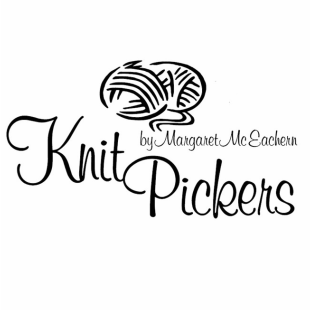



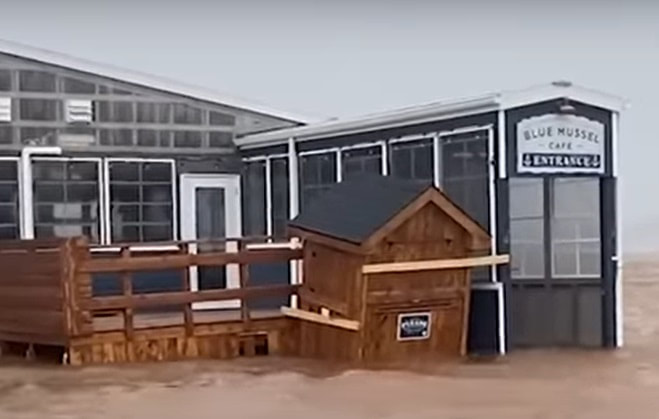
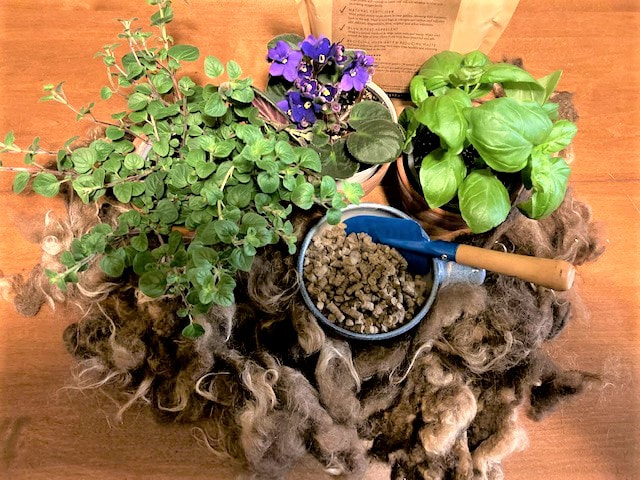
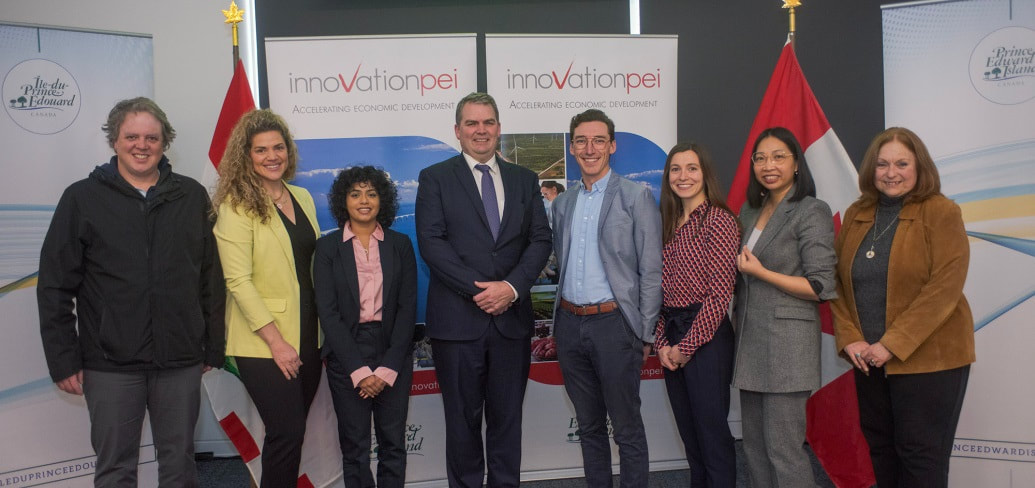
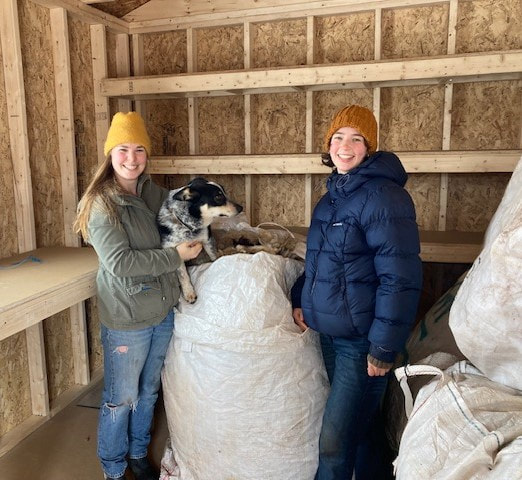
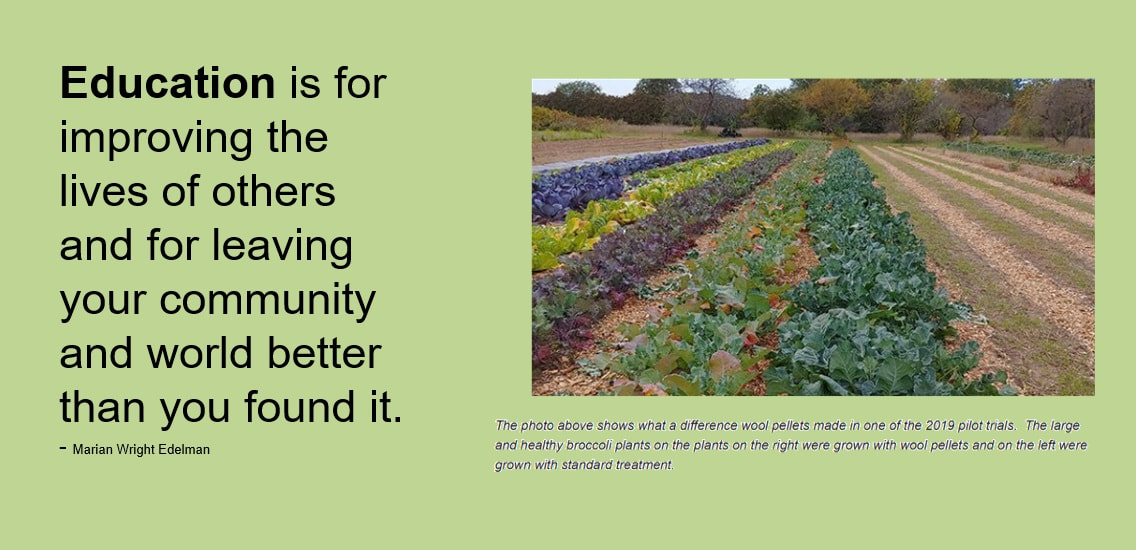
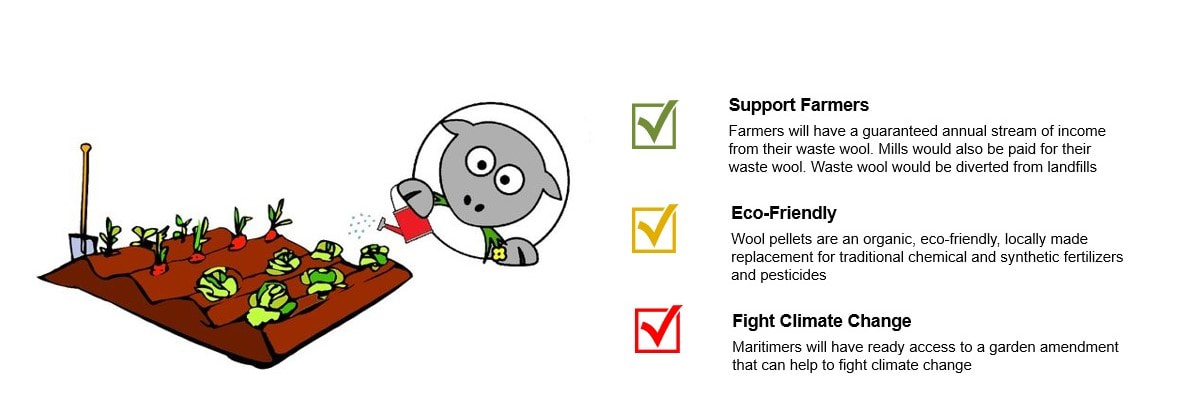
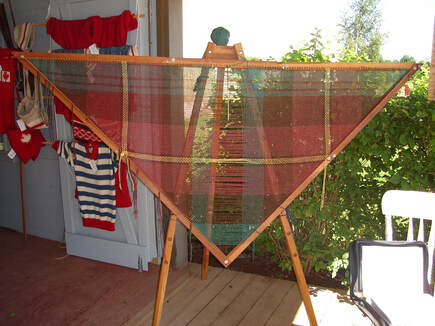
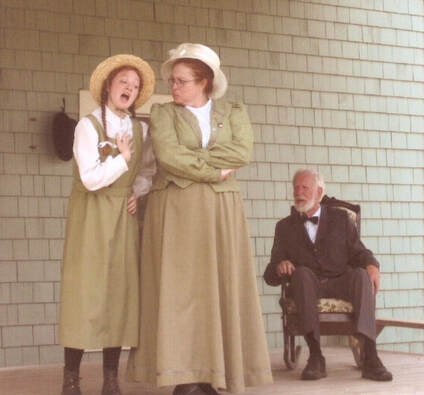

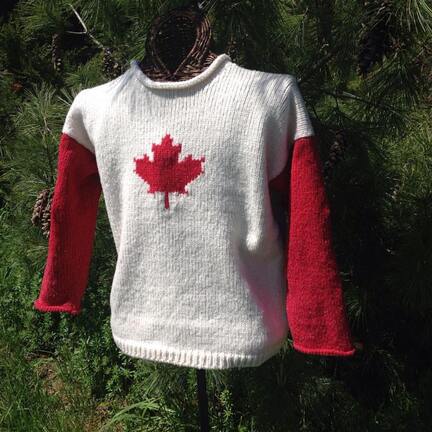
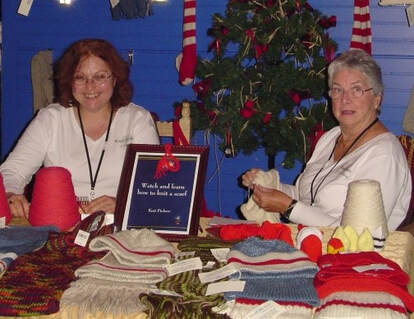
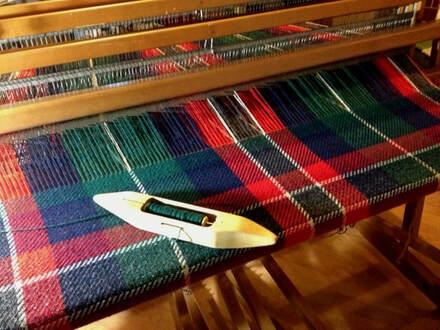
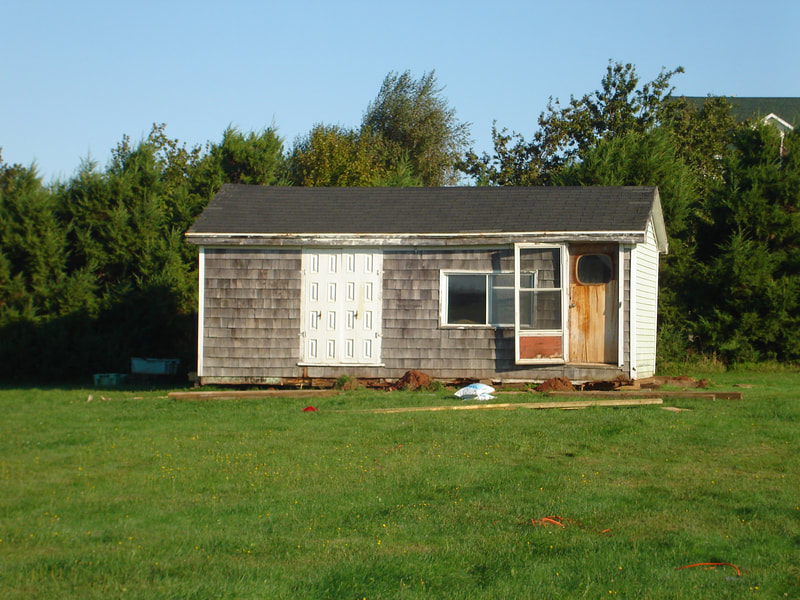
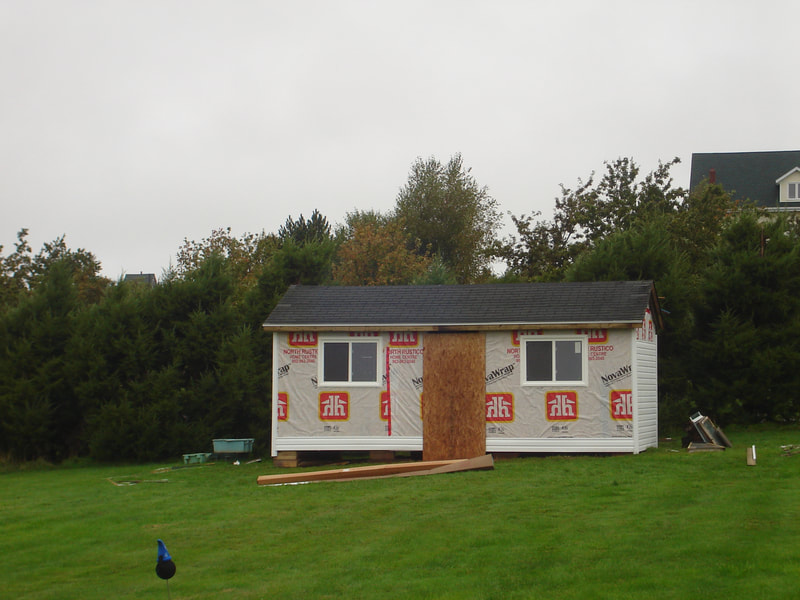
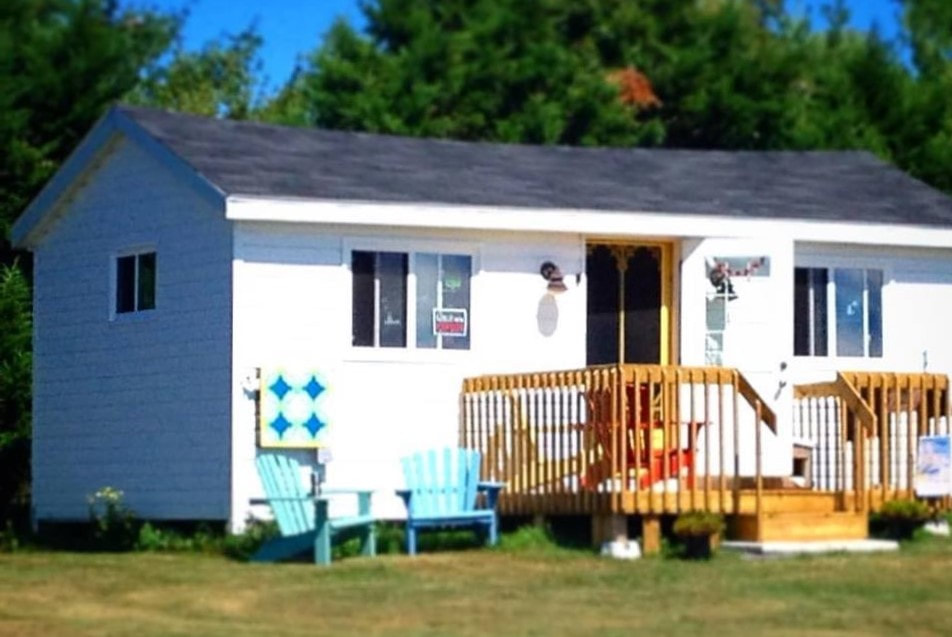
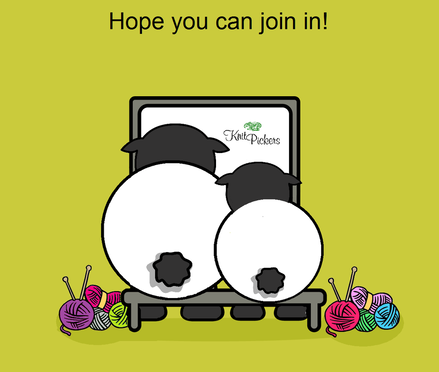
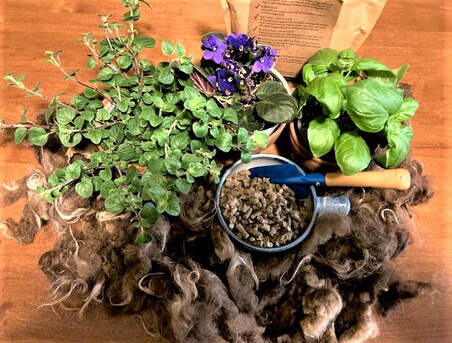

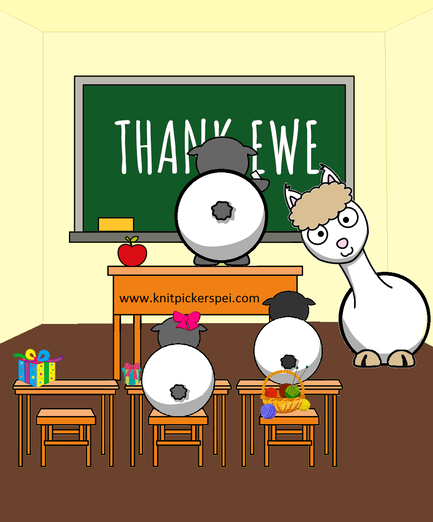
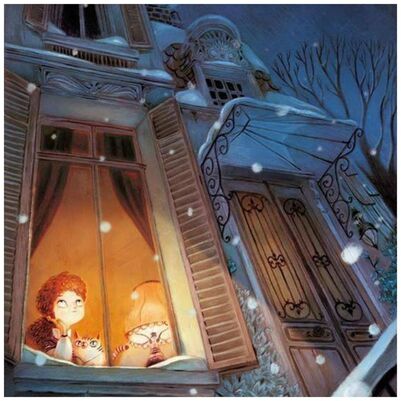

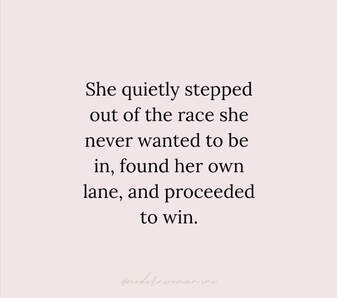
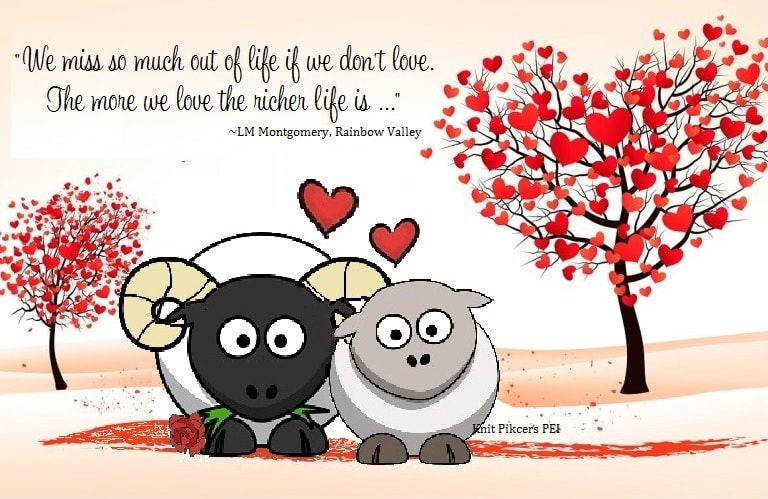
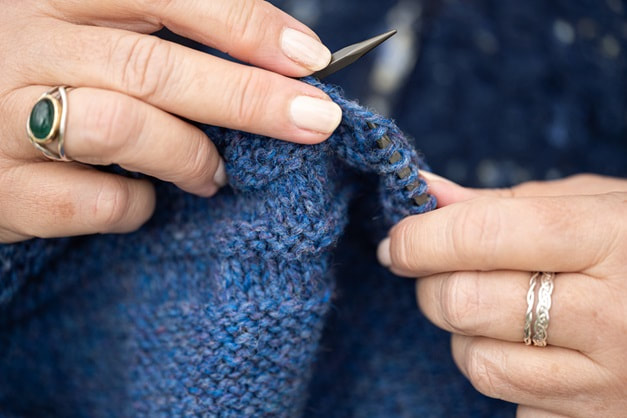
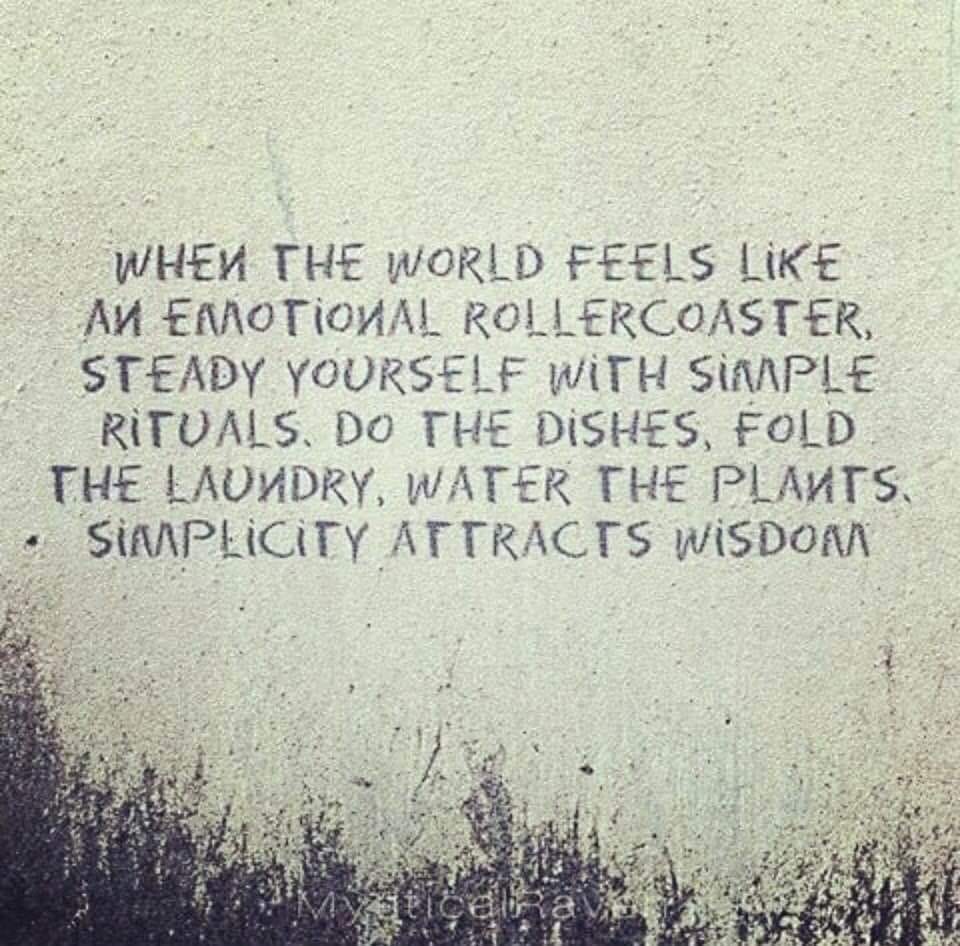
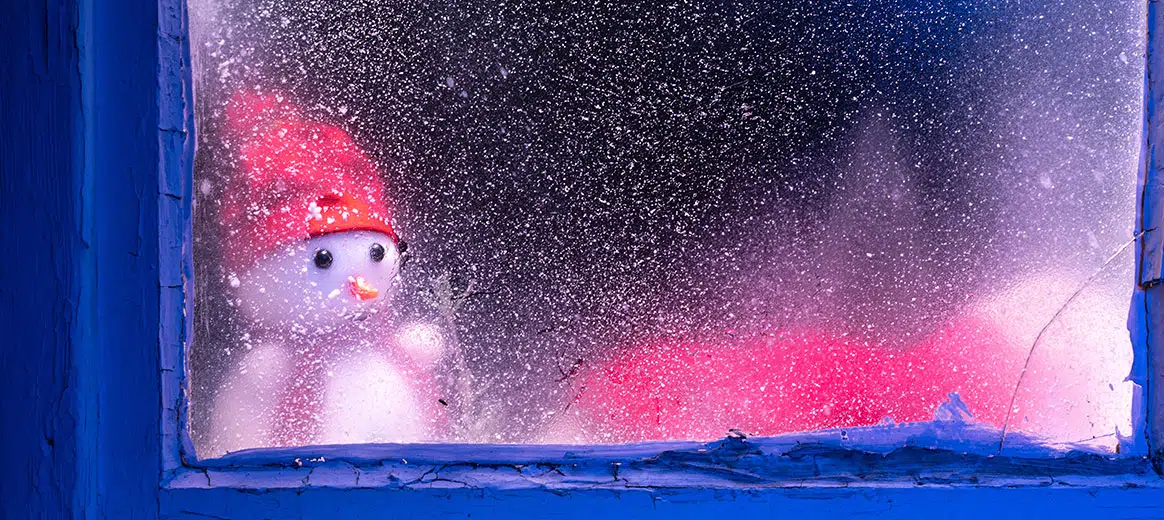
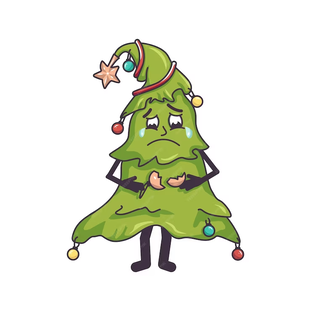
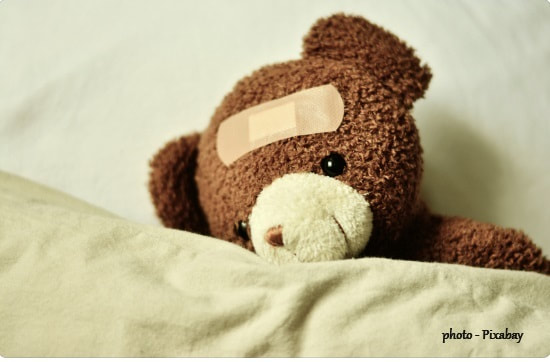

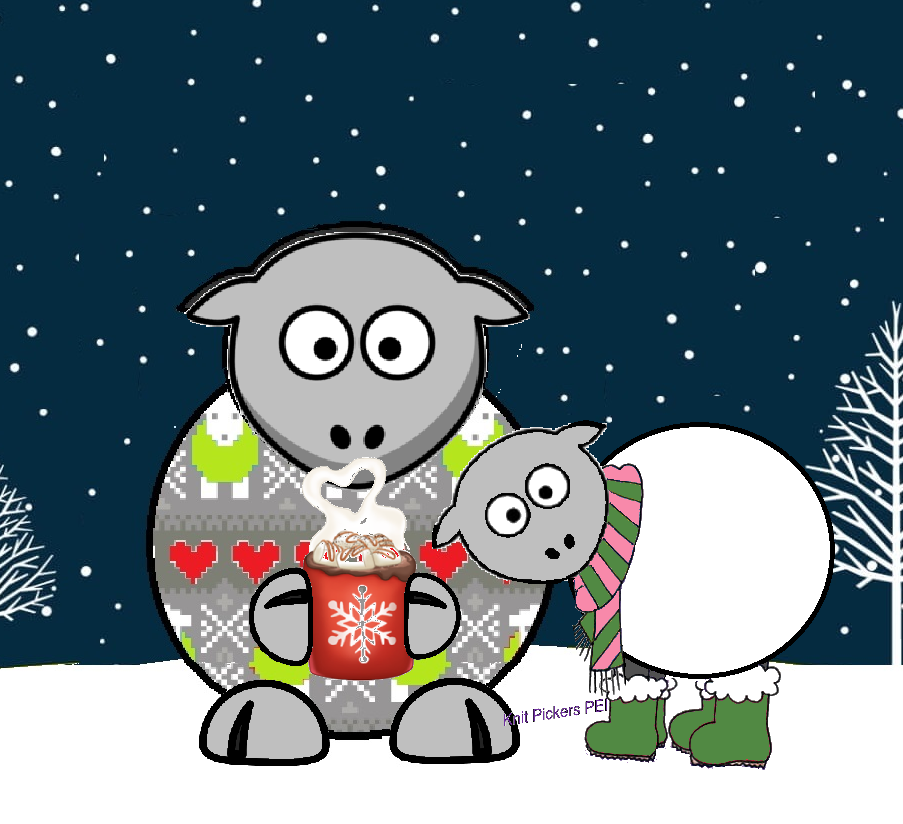
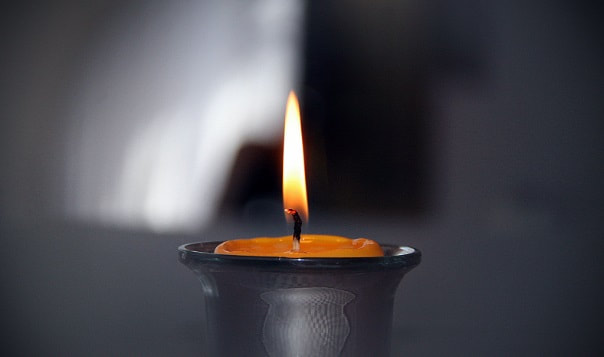
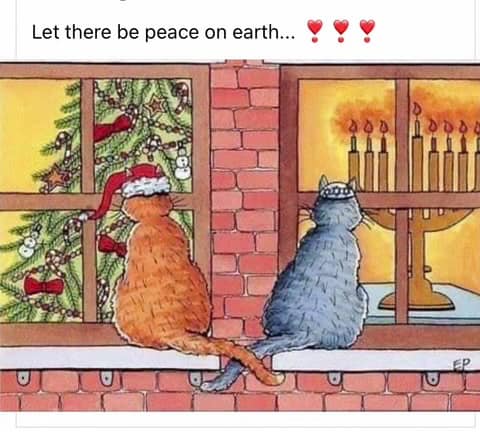
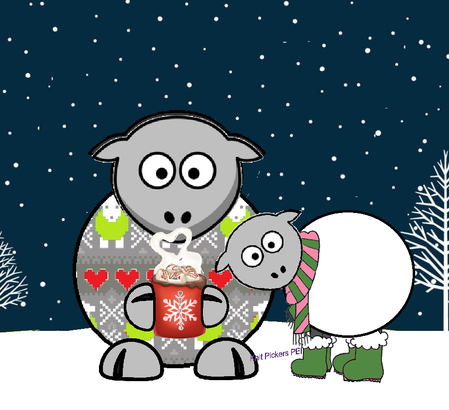
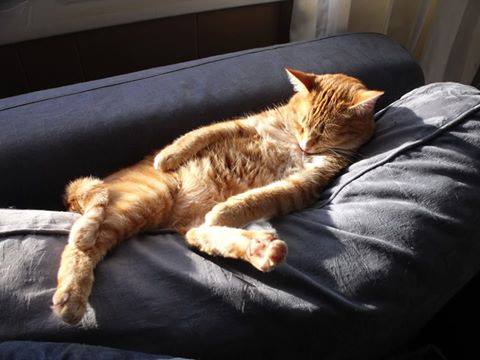
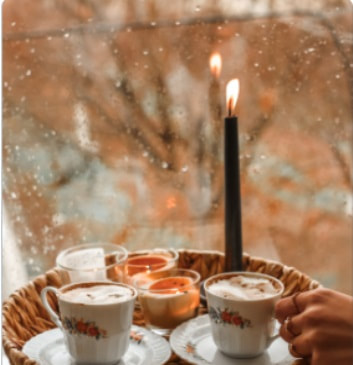
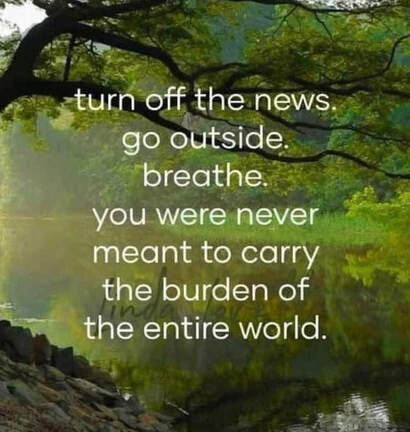

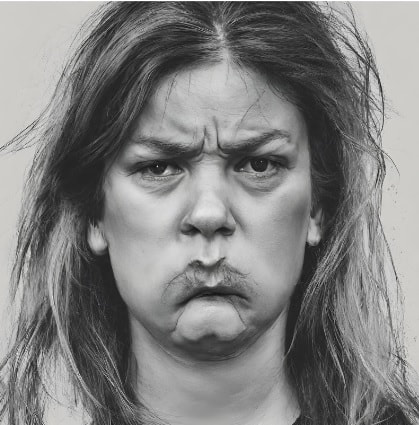
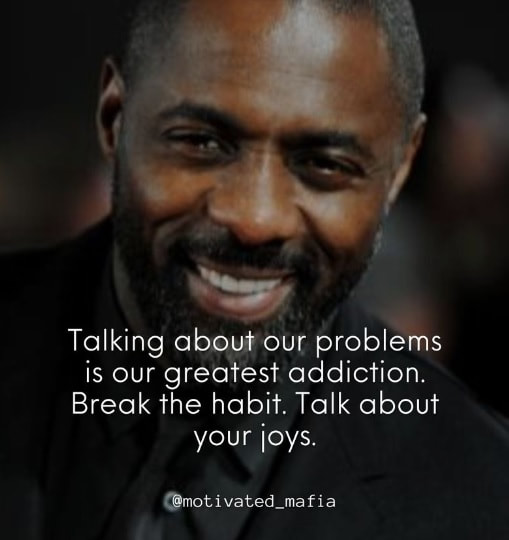

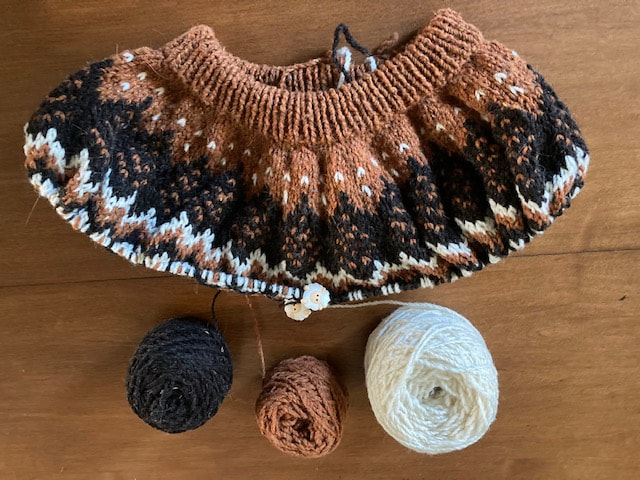
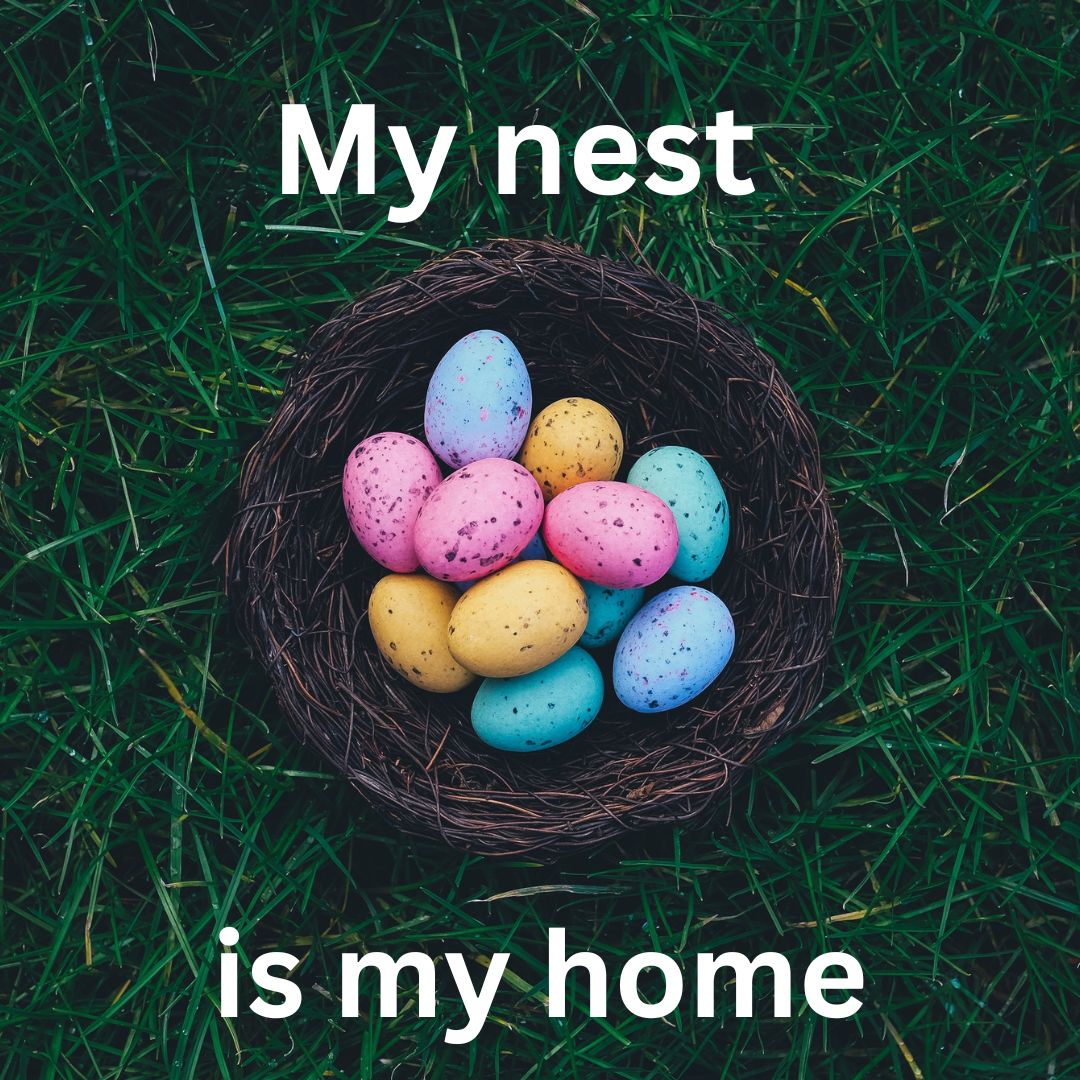
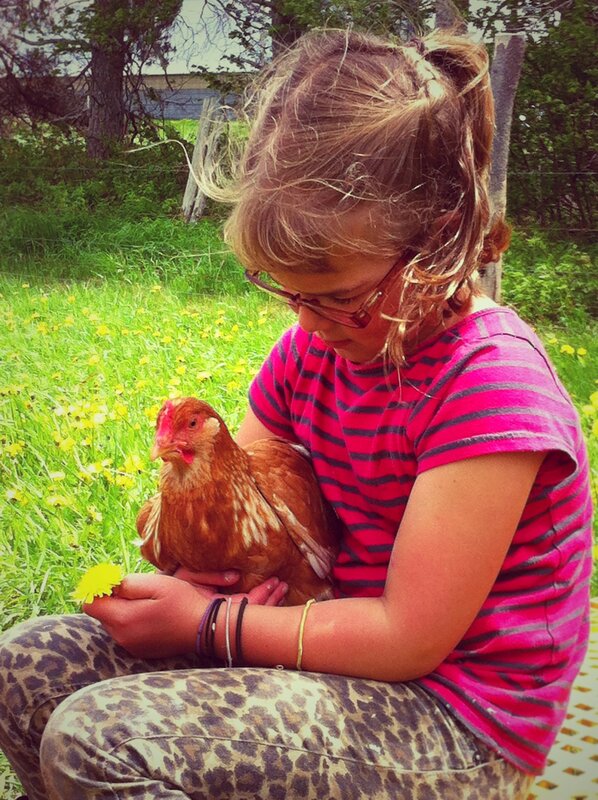
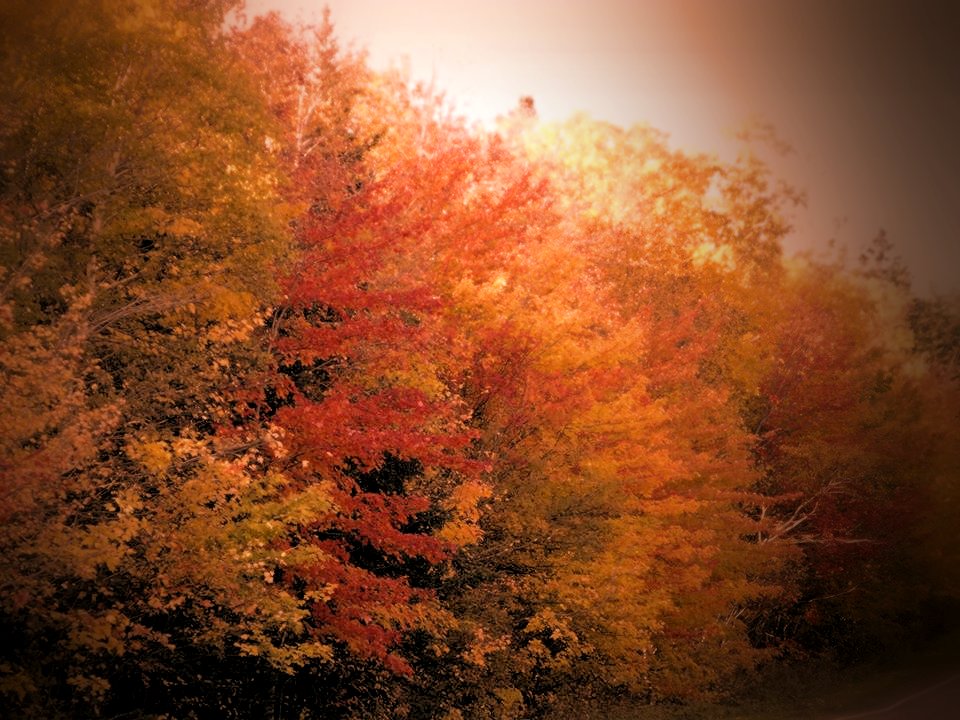
 RSS Feed
RSS Feed